Understanding the capacity of a given length of pipe can be a crucial step in designing successful plumbing systems or pipelines. This guide seeks to explain the concept of Square Foot of Pipe and its impact on successful pipe sizing.
For any kind of construction project, the installation of a piping system is an important factor that demands special attention. Of the different components to consider, pipe diameter or sizing is perhaps the most influential. By assessing the pipe size in terms of square feet, builders can guarantee that the system will function as desired and maintain its level of efficiency.
What is denoted by the phrase “square foot of pipe”? In essence, it is a way to measure the area contained inside the pipe, which can be calculated by assessing the cross-sectional size of the pipe. Put plainly, it is a representation of how much space is contained within the pipe.
Selecting the Optimal Pipe Dimension: Why It Matters
It is essential that the right pipe size is chosen for a system to properly function, but how do you know when you have made the correct choice? To help make sure you’ve selected correctly, take into account the volume of fluids that will be travelling through the pipe.
The size of a pipe is very important – too small or too large can have detrimental effects. Pressure drop can occur if it is too small, resulting in reduced efficiency, strange noises, and cavitation. On the other hand, an overly large pipe can be costly due to its need for extra supports and brackets during construction and installment.
The pipe size needs to take many elements into account, not simply the rate at which the liquid is rushing through; these elements comprise the distance between origin and finish, the material and thickness of the pipe, alongside the temperature and pressure of the fluid.
Exploring the Numerical Factors of Pipe Selection
To determine the necessary piping size for your system, one of the best available methods is the Hazen-Williams formula. This formula is widely used to compute the pressure loss experienced by a fluid as it passes through a pipe. Additional formulas that can also be employed include the Darcy-Weisbach equation and the Manning equation.
After ascertaining the appropriate dimensions for the pipe, you can then move on to finding out the specific amount of space that the fluid needs to flow without leading to drops in pressure. Doing this will ensure that an appropriate number of square feet of pipe is allocated in your system design.
Unlocking the Advantages of Optimal Pipe Measurement
Finetuning the size of a pipe can deliver considerable gains. Examples include:
Optimizing the size of the pipe can give a system a boost, leading to improved efficiency and significant savings in terms of energy consumption and related expenses.
Through the right sizing of pipes, smooth operation can be ensured, practically eliminating any potential for tedious, time-consuming repair.
By properly sizing pipes, the safety of operations can be advanced in considerable measure, as this generally leads to the functioning of pipes at pressure levels that are most suitable, thereby minimizing the chances of untoward incidents happening.
Finding the optimal pipe size not only conserves money over time, but also minimizes labor and material expenses. This helps ensure maximum cost-effectiveness for your investment.
Ultimately, proper pipe sizing is an indispensable aspect of any piping system assembly. It is necessary to assess the rate of fluid movement, as well as key variables like span, material durability, and temperature and pressure variables. Calculating the necessary square feet value of pipe for your setup will promote optimal efficiency and limit the possibility of malfunctions and mishaps. Perceptive selection of pipe size can also bring down energy costs and setup expenses, leading to maximum savings.
Related Product
Warning: Use of undefined constant rand - assumed 'rand' (this will throw an Error in a future version of PHP) in /www/wwwroot/www.ytdrtube.com/wp-content/themes/msk5/single.php on line 77

Hot Dip Galvanized Rectangular Hollow Section
Iron and steel materials are indispensable resources in human life today. However, due to its own characteristics, “corrosion is accompanied by us every day and consumes our […]
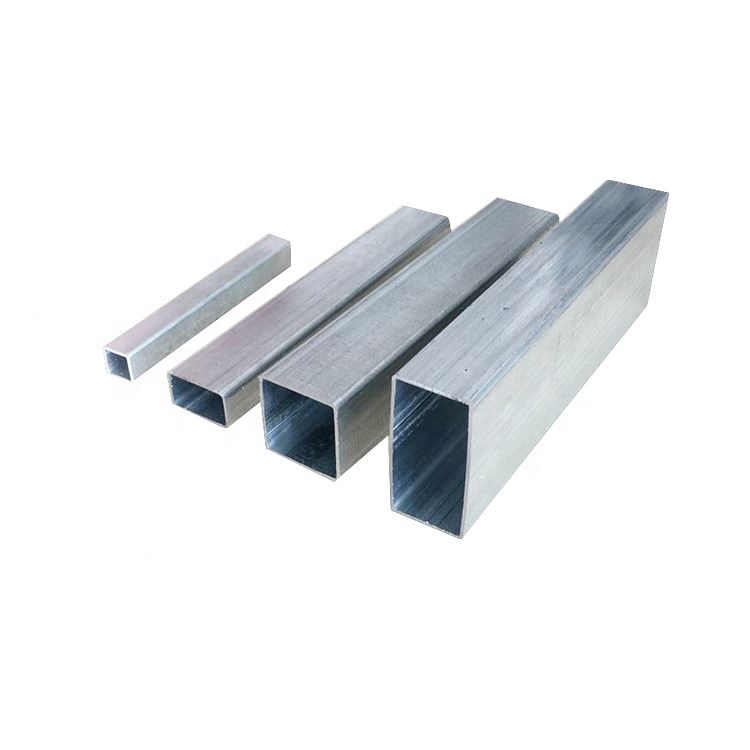
Hot Dip Galvanized Rectangular Steel Tube
Hot dip galvanized rectangular steel tube is a rectangularsquare tube that is welded after the steel plate or steel strip is curled and formed, and is formed after the square tube […]
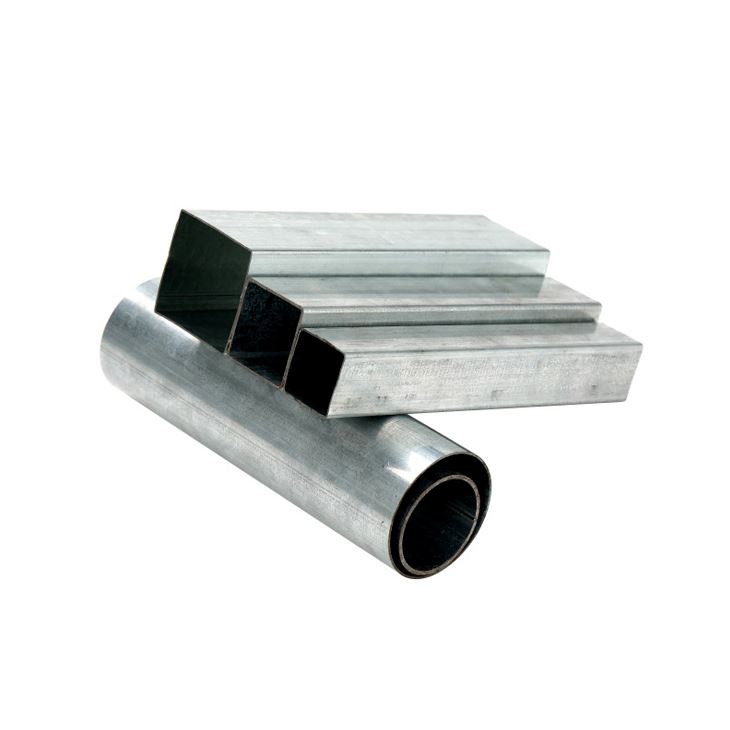
Pre Galvanzied Square Steel Tube
1.Introduction of pre-square tube Coiled pipes are pipes and pipes for processing technological processes, and are the name of general pipes, which are pipes made of long steel coi […]
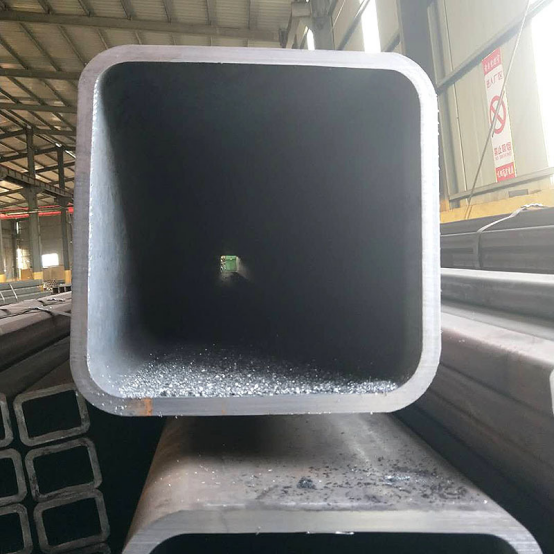
Black Rectangular Hollow Section
OD(MM) THICKNESS(MM) OD(MM) THICKNESS(MM) OD(MM) THICKNESS(MM) OD(MM) THICKNESS(MM) 20*20 1.3 60*120 80*100 90*90 1.50 180*180 3 300*800 400*700 550*550 500*600 1.4 1.70 3.5-3.75 9 […]
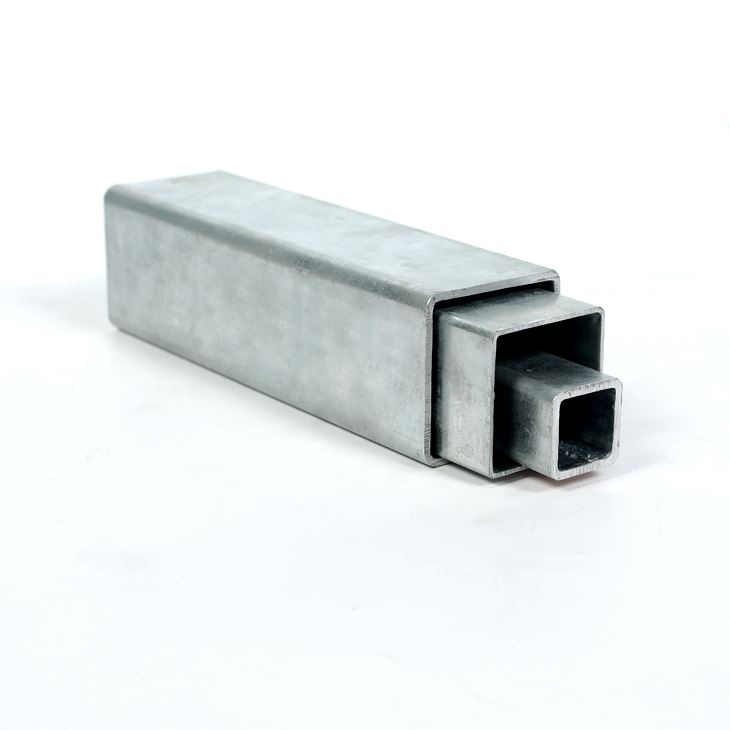
Hot Dip Galvanized Square Steel Pipe HDG Tube
Thickness: 0.5- 60 mm OD(outer diameter): square 10*10-1000*1000mm rectangular:10*15-800*1100mm Section Shape: Square OR rectangular Place of Origin: Tianjin, China Application Str […]

Square Seamless Steel Pipe
Attribute parameters of seamless square steel tubes Thickness 3- 50 mm Tolerance as required OD(outer diameter) 100*100-800*800 Brand YUANTAI DERUN Section Shape Square OR rec […]

EN10210 EN10219 Black Carbon Steel Welded Square Pipe
Yuantai Derun Steel Pipe Manufacturing Group is a steel pipe and steel enterprise that has operated for many years, mainly engaged in steel products such as black square and rectan […]
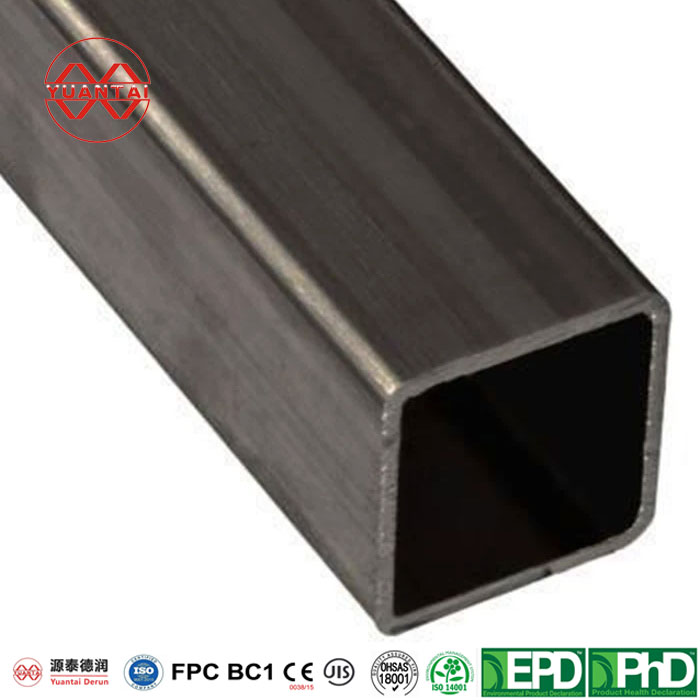
Square Steel Pipe Carbon Steel Pipe
Thickness 0.5- 60 mm Tolerance as required OD(outer diameter) square 10*10-1000*1000mm rectangular Brand YUANTAI DERUN Section Shape Square OR rectangular Length 3-12M according to […]

Black Square Steel Tube
SPECIFICATION TABLE OF BLACK SQUARE STEEL TUBE OD(MM) THICKNESS(MM) OD(MM) THICKNESS(MM) OD(MM) THICKNESS(MM) OD(MM) THICKNESS(MM) 20*20 1.3 60*120 80*100 90*90 1.50 180*180 3 300* […]
Post time: 2023-06-04
